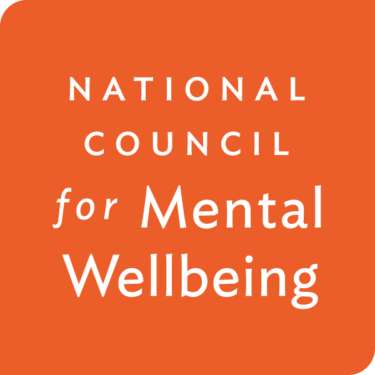Ensuring the Inclusion of PWLLE in Health Departments’ Overdose Surveillance and Prevention Efforts
The complex and ever-evolving epidemiology of the drug overdose crisis has prompted local and state health departments to increase their efforts to better serve communities impacted by drug use and overdose. To address these challenges, many health departments are seeking ways to improve their engagement of people with lived and/or living experience (PWLLE) with substance use in the planning, implementation and evaluation of overdose prevention work.
Health departments have utilized varying methods for engaging PWLLE, including formal channels such as community advisory boards, community-based participatory research efforts and hiring health department staff with lived experience, as well as informal channels to solicit advice and feedback. Health departments are well-positioned to meaningfully engage PWLLE in overdose surveillance and prevention efforts because of their influence on the design, scope and operationalization of overdose prevention initiatives, as well as their duty to foster strong relationships with diverse community partners.
The National Council for Mental Wellbeing, with support from the Centers for Disease Control and Prevention (CDC), conducted an environmental scan and a series of key informant interviews to identify ways in which health departments can meaningfully involve PWLLE in overdose surveillance and prevention. These information-gathering activities identified a range of recommendations and strategies, which are summarized in this package of actionable resources and tools for health department staff.
This publication was supported by the Centers for Disease Control and Prevention (CDC) of the U.S. Department of Health and Human Services (HHS) as part of a financial assistance award totaling $248,980 with 100% funded by CDC/HHS. The contents are those of the author(s) and do not necessarily represent the official views of, nor an endorsement by, CDC/HHS or the U.S. government.

